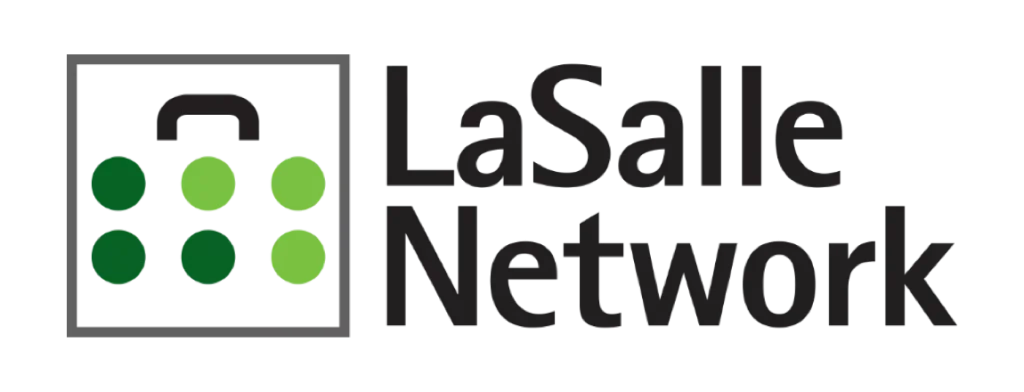Boomerang employees – or professionals who are rehired by a prior employer after months or years working elsewhere – are becoming more and more common in today’s competitive hiring landscape.
There are different challenges and expectations boomerangs should prepare for well before day one back on the job. To help guide this transition, we’re sharing firsthand advice from three LaSallian boomerangs on how to make the most of rejoining a former employer.
How did you feel about becoming a boomerang?
Stephanie Moncada, Principal: A lot had changed since my prior time at LaSalle and I was initially worried I had become a little rusty. However, after talking with management I realized they didn’t expect me to jump straight back into the role like I never left. They knew it would take some time to ramp back up.
I also realized, while I would need to relearn certain aspects of the job, I was also bringing other unique skills and experience to the table that I didn’t have before. After level-setting expectations and communicating where I’d need the most support, I felt more comfortable, and my manager knew how to best help me be successful.
Emily Swanson, Account Manager: It was comforting going into the role with some of my peers and managers already knowing me and my work ethic, since I had maintained positive relationships during my time away. Typically, when you start a new role, you go in blind to what the people are like and they don’t quite know what to expect from you, either. While boomeranging, I already had a leg up and was able to adjust more easily. Even when working with those who did not know me before, it was made easier because there was a baseline of mutual understanding and respect.
What steps did you take to reassimilate to the company and culture when you started?
Emily: Coming back to LaSalle, I knew there was a lot for me to learn. Even as a more established professional, I took the time to sit in on trainings and learn how the processes had changed since I was last at LaSalle. Along with training, I shadowed people whom I did not know before, not only to learn business practices but to build trust and positive relationships. I also made a point of attending every LaSalle culture event I could. One of the reasons I came back to LaSalle was because I loved and missed the culture, and joining the events allowed me to reconnect.
Stephanie: When I first started, I set up virtual lunch meetings with leaders at LaSalle to reintroduce myself, learn more about the business and how it had changed and find people to lean on as I reassimilated. As a remote boomerang, I had to work harder to re-establish those relationships and make them a priority, but it went a long way to regain trust and feel connected to key players.
How should you prepare for the interview?
If thinking about rejoining a former employer, it’s important to consider how the interview process might differ and anticipate new questions or concerns leaders may have. To maximize an upcoming interview as a boomerang, consider the following tips shared by LaSalle’s boomerang employees:
- Boomerang interviews are a two-way street. The employer evaluates how the boomerang has changed and if they are still a good fit, and the boomerang evaluates the business, what made them leave in the first place and if those motivating factors have since been met.
- Send a message to former colleagues who are still at the organization to hear their perspectives and learn what has changed and what to expect. They likely have a unique point of view and can address specific concerns or questions.
- Meet with management, even if they’re the same leaders you reported to previously. Ask about their management style, how the team operates, and how to be most successful in the first 90 days.
- Stay humble. Just because you did the role or worked in the business before doesn’t mean you’re still the right fit. Be honest and open with management about concerns, skills that need to be brushed up, and plans for ramping up and reassimilating quickly.
- Evaluate both positive and negative experiences with the role and company from the past. If key motivating factors that led you to leave in the first place haven’t been addressed, you may end up back on the job market sooner than you’d like. If the positive outweigh the negative, this may be a great opportunity to pursue.
The recent rise in popularity of boomerang employees should cause professionals to pause and evaluate 1. why they are leaving a job and 2. how they are leaving it. Following proper quitting processes while maintaining a positive and respectful relationship with management and peers is essential, regardless of if you plan to rejoin or not. This means offering the standard two weeks’ notice, avoiding speaking poorly of the business, leadership and peers, and maintaining a professional and productive work style until the very end. It’s impossible to know what might happen in the future and who may end up on the other end of your next interview.
Not sure boomeranging is right for you? Let us help you find your next great role. See our open roles here.





